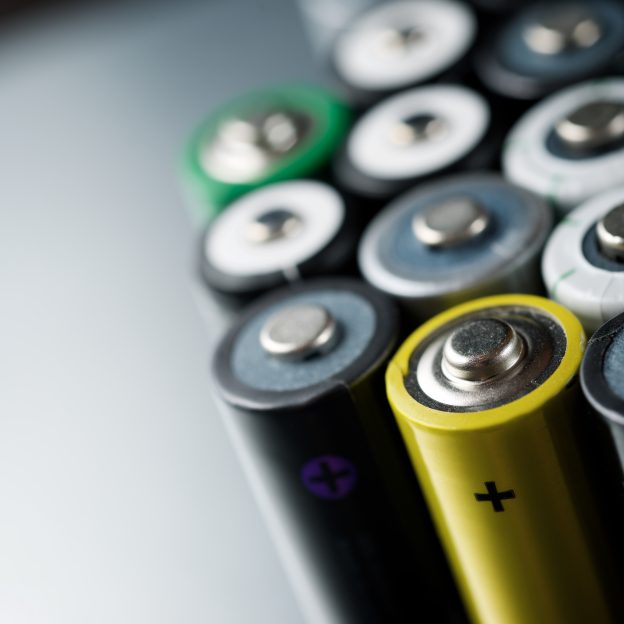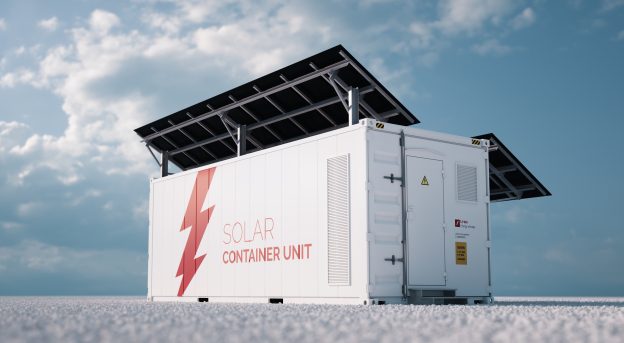This year has seen a rapid expansion in the industrial and commercial energy storage sector, driven primarily by a combination of favorable policies and market dynamics. Policy support has played a pivotal role, characterized by a substantial surge in new energy storage installations and the widening price differentials between peak and off-peak hours. These factors have not only improved the investment climate but have also attracted significant capital into the market. With a soaring demand for energy storage solutions, the growth of the industrial and commercial energy storage sector has occurred organically. This report delves into the development of industrial and commercial energy storage, with a specific focus on battery technologies.
Currently, the dominant battery type in the industrial and commercial energy storage market is the lithium iron phosphate battery. According to experts in the industry, when it comes to lithium iron phosphate batteries, the technological disparities among different companies are relatively minor, but there’s a substantial gap between top-tier and second-tier battery manufacturers. In general, the production facilities for industrial and commercial storage batteries can be adapted for large-scale energy storage applications. Presently, major battery manufacturers are rapidly expanding their presence in the energy storage battery sector, with a strong focus on large-capacity batteries as a key competitive factor. Furthermore, the declining prices of lithium are further bolstering the economic feasibility of energy storage solutions.
The production lines for industrial and commercial storage and large-scale storage batteries are interchangeable
There’s no distinction between industrial and commercial storage batteries and large-scale energy storage batteries, which is why their production lines can be seamlessly adapted for one another. Currently, both industrial and commercial storage as well as large-scale storage predominantly utilize 280Ah lithium iron batteries. Integrators who procure large-scale storage solutions benefit from economies of scale, giving them stronger bargaining power and, consequently, lower procurement prices compared to those in the industrial and commercial energy storage sector.
In contrast to large-scale storage solutions, industrial and commercial storage boasts a higher level of integration, typically featuring a mainstream product capacity of around 200 kWh. In small and medium-sized industrial and commercial energy storage setups, all-in-one energy storage systems with cabinet designs are commonly employed. Meanwhile, energy storage containers are preferred for larger-scale storage applications. For domestic use, the typical mainstream product capacity ranges from 170 to 220 kWh, often configured with a power rating of 70 to 110 kW. In the case of export products in the industrial and commercial storage sector, capacities of 300 kWh and beyond are not uncommon.
Part of the industrial and commercial energy storage products

Large-capacity batteries are emerging as crucial strategic products for manufacturers, signaling a new phase of transformation in energy storage technology. These high-capacity batteries offer the advantage of streamlining integrated components, leading to cost reduction while ensuring an extended cycle life and a more economical electricity cost throughout their lifespan. As market demands emphasize cost efficiency and improved performance, energy storage batteries are now evolving toward greater specialization.
With the expected increase in the supply of sodium batteries, 2024 is poised to mark a significant turning point in the economic landscape. Forecasts suggest that battery costs could drop to 0.25 yuan/Wh, making sodium batteries a valuable complement to lithium iron batteries and contributing to cost reduction and enhanced efficiency at the customer level.
Technological Trends in Energy Storage Batteries

The declining prices of lithium further underscore the economic viability of energy storage solutions. Projections indicate that the cost of lithium iron batteries may decrease to the range of 0.35-0.40 yuan/ Wh. Presently, lithium prices have already dipped to 250,000-300,000 yuan per ton, potentially pushing lithium iron battery costs down to 0.45-0.50 yuan/Wh. This trend further strengthens the economic rationale for energy storage. Some experts anticipate that lithium prices could eventually plummet to 100,000-150,000 yuan/ ton in the future.
All companies are accelerating in expanding the production
China has emerged as a key global hub for energy storage batteries. In 2022, Chinese energy storage battery manufacturers experienced accelerated growth in their operations, leading to a significant expansion of their market share within the global energy storage battery industry. Moreover, the drive towards carbon neutrality and carbon peak targets has played a pivotal role in this growth, as China has actively introduced policies promoting renewable energy integration with energy storage. Consequently, the demand for energy storage solutions in the Chinese market has been on the rise.
An increasing number of power battery companies are venturing into the energy storage sector, resulting in a swift uptick in shipments within the energy storage industry. According to data from Wind, CATL holds a prominent position with a global market share of approximately 35%. While the rankings for energy storage battery capacity have largely solidified, the internal competitive landscape remains dynamic, with new entrants experiencing rapid growth.
Global Market Share of Energy Storage Batteries in 2022

The trajectory toward all-in-one energy storage solutions is evident, and inverter manufacturers, including those catering to large-scale storage, household storage, and micro-inverters, are gearing up to introduce new products for the industrial and commercial storage sector. However, to venture into new markets and introduce fresh products, companies must secure the necessary certifications. Currently, the industry is in the stage of product preparation and certification, with a significant wave of product releases anticipated in 2024.
Simultaneously, the market increasingly relies on developer-led initiatives. Currently, the roles of integration, development, and operation are intertwined, and the demand is primarily shaped by the activities of these enterprises. Furthermore, their distribution channels vary, and these factors collectively contribute to the swift progress of industrial and commercial storage.
As per the pertinent policies, by 2025, industrial and commercial energy storage will have entered the early stages of large-scale development, setting the stage for extensive commercial applications. The outlook for future growth in this sector is exceedingly optimistic. However, at present, the business model for the industrial and commercial energy storage market is still being established, and policies are continually evolving to stimulate its development.
Currently, the competitive landscape in the industrial and commercial energy storage market is dynamic, with no stable patterns established. Regardless of the shifting competitive dynamics, those who can secure a greater share of project resources and excel in project acquisition and efficient operations will distinguish themselves in this sector. Moreover, the sheer volume of participants, the ongoing introduction of various new technologies and models, as well as research and development breakthroughs, coupled with substantial capital infusion, will significantly accelerate the growth and innovation within the entire industry.
For companies looking to venture into the industrial and commercial energy storage market, the present moment presents a favorable opportunity. As the competitive landscape solidifies and policies become more stringent, the market entry barriers are expected to rise significantly. Waiting until that point may prove to be a missed opportunity, making it prudent to engage and develop in this field now while conditions are favorable.







